Femto-Photography: Visualizing
Photons in Motion at a
Trillion Frames Per Second
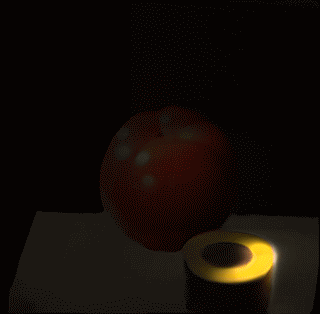 |
|
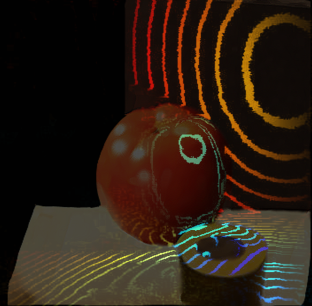 |
| Light
in Motion: Combination of modern imaging hardware and a
reconstruction technique to visualize light propagation
via repeated periodic sampling. |
Ripples
of Waves: A time-lapse visualization of the spherical
fronts of advancing light reflected by surfaces in the
scene. |
|
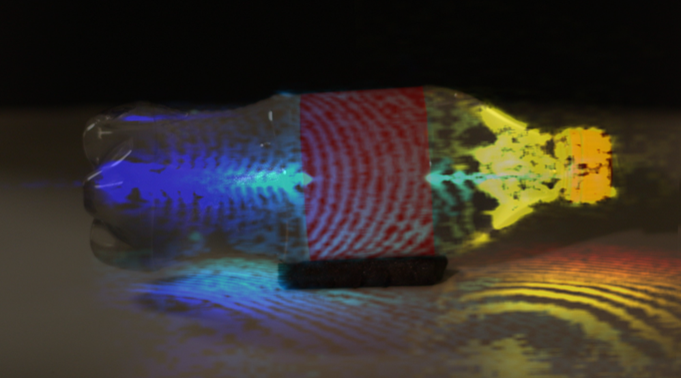 |
|
|
| Time-Lapse
Visualization: Color coding of light with a delay of few
picoseconds in each period. |
Video
by Nature.com
|
Team
Most bet denotes a modern and solid platform for mobile app gaming in Hungary. Its basic fundamentals of decent play, perfect service and an extensive range of sporting events make it seductive for gamers.
Ramesh Raskar, Associate Professor, MIT Media Lab; Project Director (raskar(at)mit.edu)Moungi G. Bawendi, Professor, Dept of Chemistry, MIT
Andreas Velten, Postdoctoral Associate, MIT Media Lab (velten(at)mit.edu)
Everett Lawson, MIT Media Lab
Amy Fritz, MIT Media Lab
Di Wu, MIT Media Lab and Tsinghua U.
Matt O'toole, MIT Media Lab and U. of Toronto
Diego Gutierrez, Universidad de Zaragoza
Belen Masia, MIT Media Lab and Universidad de Zaragoza
Elisa Amoros, Universidad de Zaragoza
Jackpot tutkunları için pin up kazinosunda şaşırtıcı şans imkanları bulunmaktadır. Yüksek ödüllendirilen jackpot oyunları, oyunlarda daha da heyecan hissi yaratacaktır.
Nikhil Naik, Otkrist Gupta, Andy Bardagjy, MIT Media Lab
Ashok Veeraraghavan, Rice U.
Thomas Willwacher, Harvard U.
Kavita Bala, Shuang Zhao, Cornell U.
Abstract
We have built an imaging solution that allows us to visualize propagation of light. The effective exposure time of each frame is two trillionths of a second and the resultant visualization depicts the movement of light at roughly half a trillion frames per second. Direct recording of reflected or scattered light at such a frame rate with sufficient brightness is nearly impossible. We use an indirect 'stroboscopic' method that records millions of repeated measurements by careful scanning in time and viewpoints. Then we rearrange the data to create a 'movie' of a nanosecond long event.The device has been developed by the MIT Media Labs Camera Culture group in collaboration with Bawendi Lab in the Department of Chemistry at MIT. A laser pulse that lasts less than one trillionth of a second is used as a flash and the light returning from the scene is collected by a camera at a rate equivalent to roughly half a trillion frames per second. However, due to very short exposure times (roughly two trillionth of a second) and a narrow field of view of the camera, the video is captured over several minutes by repeated and periodic sampling.
The new technique, which we call Femto Photography, consists of femtosecond laser illumination, picosecond-accurate detectors and mathematical reconstruction techniques. Our light source is a Titanium Sapphire laser that emits pulses at regular intervals every ~13 nanoseconds. These pulses illuminate the scene, and also trigger our picosecond accurate streak tube which captures the light returned from the scene. The streak camera has a reasonable field of view in horizontal direction but very narrow (roughly equivalent to one scan line) in vertical dimension. At every recording, we can only record a '1D movie' of this narrow field of view. In the movie, we record roughly 480 frames and each frame has a roughly 1.71 picosecond exposure time. Through a system of mirrors, we orient the view of the camera towards different parts of the object and capture a movie for each view. We maintain a fixed delay between the laser pulse and our movie starttime. Finally, our algorithm uses this captured data to compose a single 2D movie of roughly 480 frames each with an effective exposure time of 1.71 picoseconds.
Beyond the potential in artistic and educational visualization, applications include industrial imaging to analyze faults and material properties, scientific imaging for understanding ultrafast processes and medical imaging to reconstruct sub-surface elements, i.e., 'ultrasound with light'. In addition, the photon path analysis will allow new forms of computational photography, e.g., to render and re-light photos using computer graphics techniques.
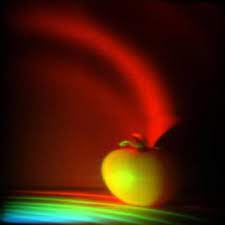 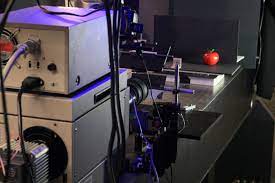 |
||
| Ripples over surfaces:
The
advancing spherical front intersects the surfaces of
table, the shape of the fruit and the back wall. Pin Up Casino онлайн казиносының ресми сайты |
Painting a Photo in
Time:
We can watch the progressive synthesis of a photograph. By
color coding all video frames and summing them creates a
single 'rainbow' of wavefronts. |
|
| |
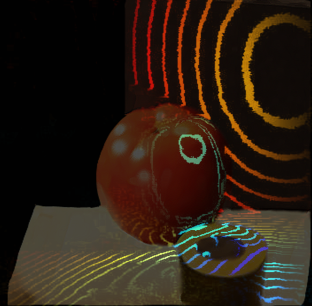 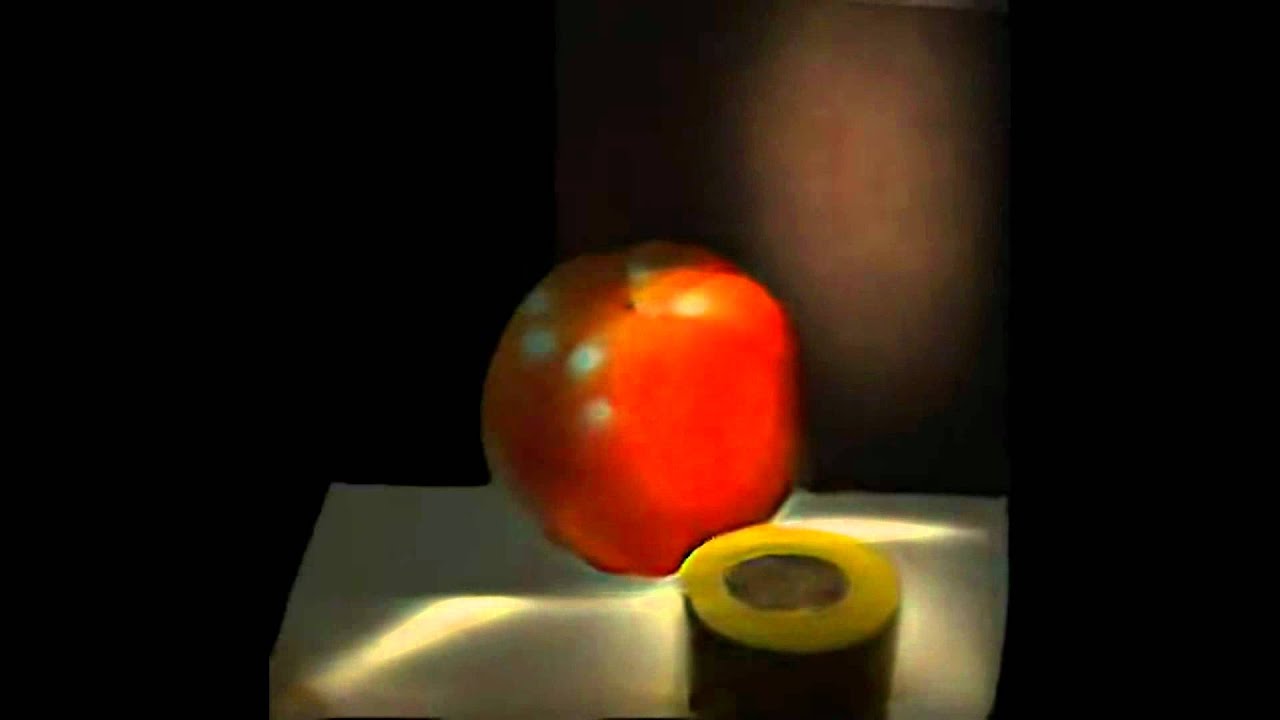 |
|
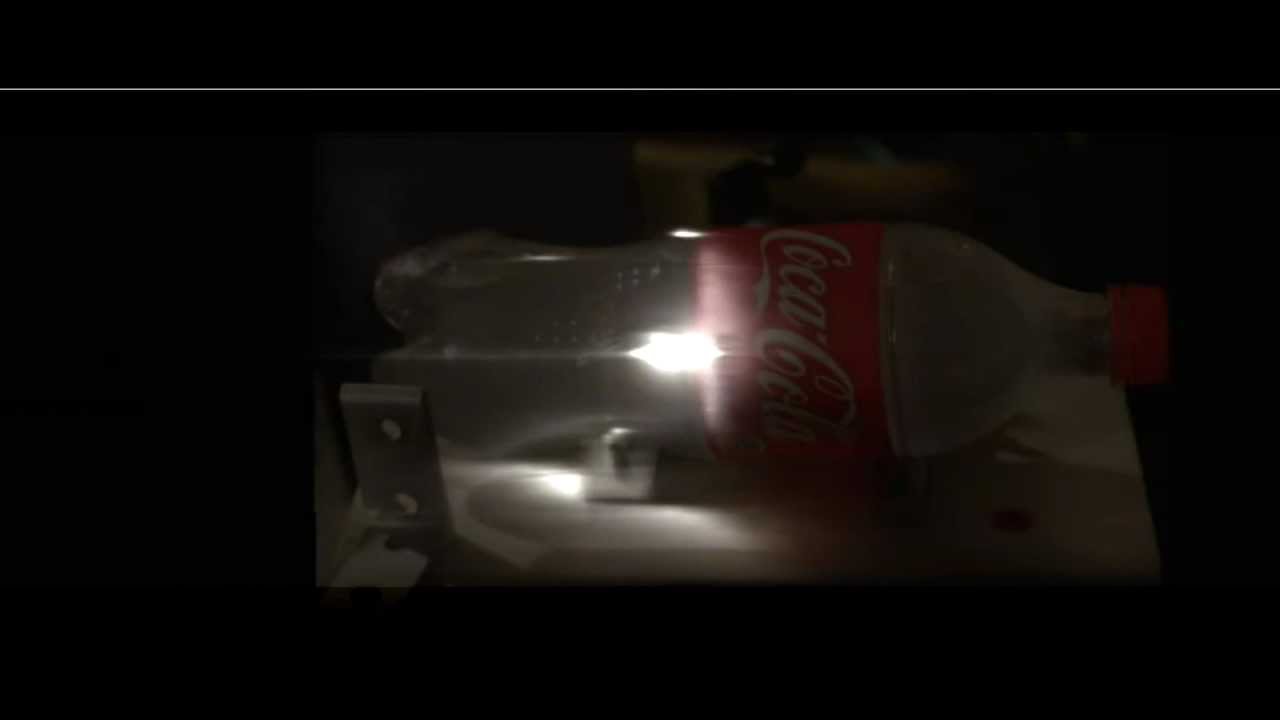  |
||
| Volumetric Propagation: The pulse of light is less than a millimeter long. Between each frame, the pulse travels less than half a millimeter. Light travels a foot in a nanosecond and the duration of travel through a one foot long bottle is barely one nanosecond (one billionth of a second). | Bullet of Light: The slow-motion playback
creates an illusion of a group of photons traveling thru
the bottle. |
|
References
A. Velten, R. Raskar, and M. Bawendi, "Picosecond Camera for Time-of-Flight Imaging," in Imaging Systems Applications, OSA Technical Digest (CD) (Optical Society of America, 2011) [Link]
"Slow art with a trillion frames per second camera", A Velten, E Lawson, A Bardagiy, M Bawendi, R Raskar, Siggraph 2011 Talk
R Raskar and J Davis, 5d time-light transport matrix: What can we reason about scene properties, July 2007
Related Work
P Sen, B Chen, G Garg, S Marschner, M Horowitz, M Levoy, and H Lensch, Dual photography, in ACM SIG. 05S M Seitz, Y Matsushita, and K N Kutulakos, A theory of inverse light transport, in ICCV 05
S K Nayar, G Krishnan, M Grossberg, and R Raskar, Fast separation of direct and global components of a scene using high frequency illumination, in SIGGRAPH 06
K Kutulakos and E Steger, A theory of refractive and specular 3d shape by light-path triangulation, IJCV 07.
B. Atcheson, I. Ihrke, W. Heidrich, A. Tevs, D. Bradley, M. Magnor, H.-P. Seidel, "Time-resolved 3D Capture of Non-stationary Gas Flows" Siggraph Asia, 2008
Presentation, Videos and News Stories
News Coverage:The New York Times: Speed of Light Lingers in Face of New Camera
MIT News: Trillion-frame-per-second video, By using optical equipment in a totally unexpected way, MIT researchers have created an imaging system that makes light look slow.
BBC: MIT's Light Tracking Camera
Melanie Gonick, MIT News
Acknowledgements
We thank the entire Camera Culture group for their unrelenting support.This research is supported by research grants from MIT Media Lab sponsors, MIT Lincoln Labs and the Army Research Office through the Institute for Soldier Nanotechnologies at MIT. Ramesh Raskar is supported by an Alfred P. Sloan Research Fellowship 2009 and DARPA Young Faculty award 2010.
Recent projects in Camera Culture group
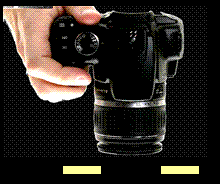 |
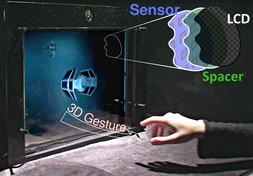 |
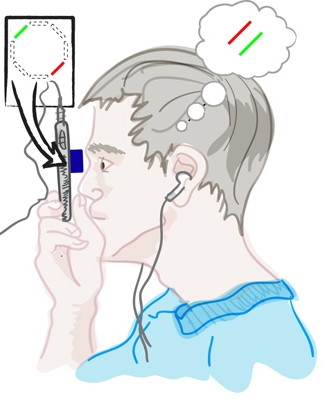 |
|
| Computational
Photography |
6D
Display Lighting and Viewpt aware displays |
BiDi
Screen Touch+3D Hover on Thin LCD |
NETRA Cellphone based Eye Test |
